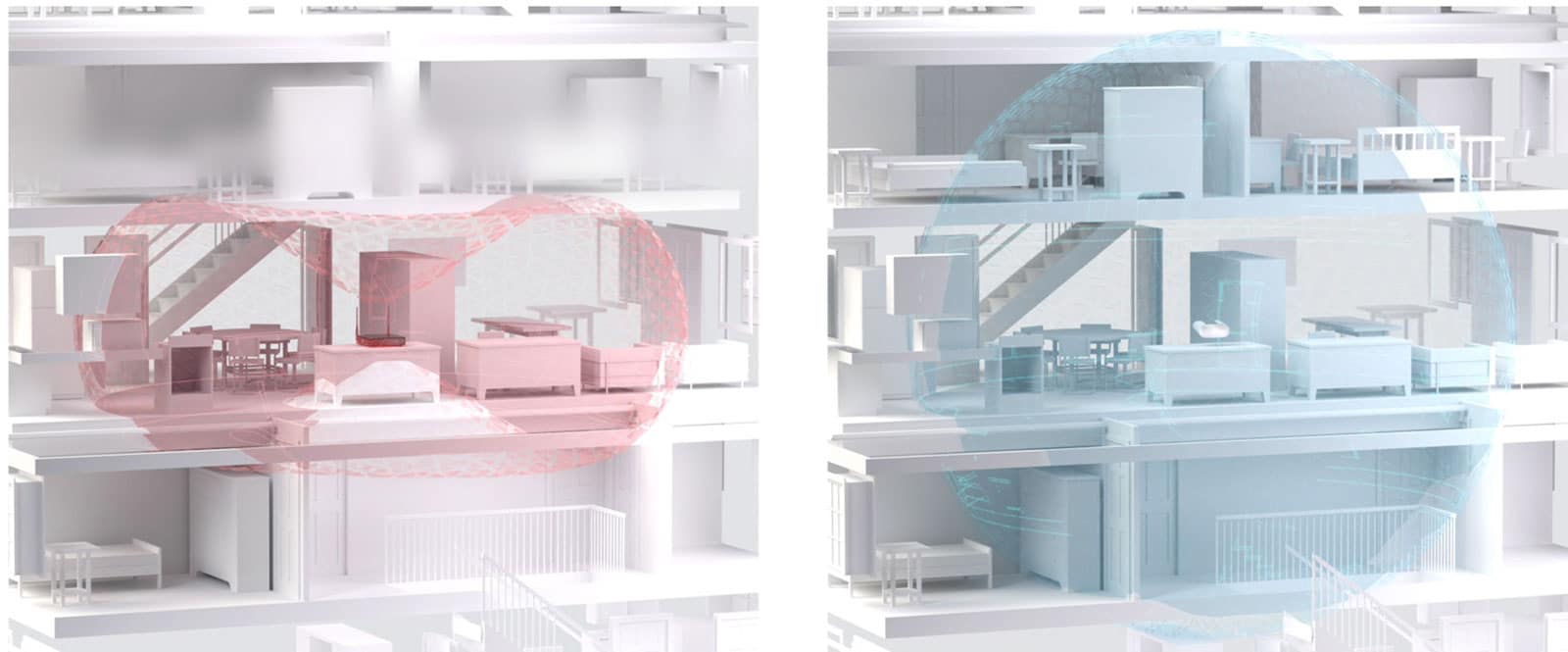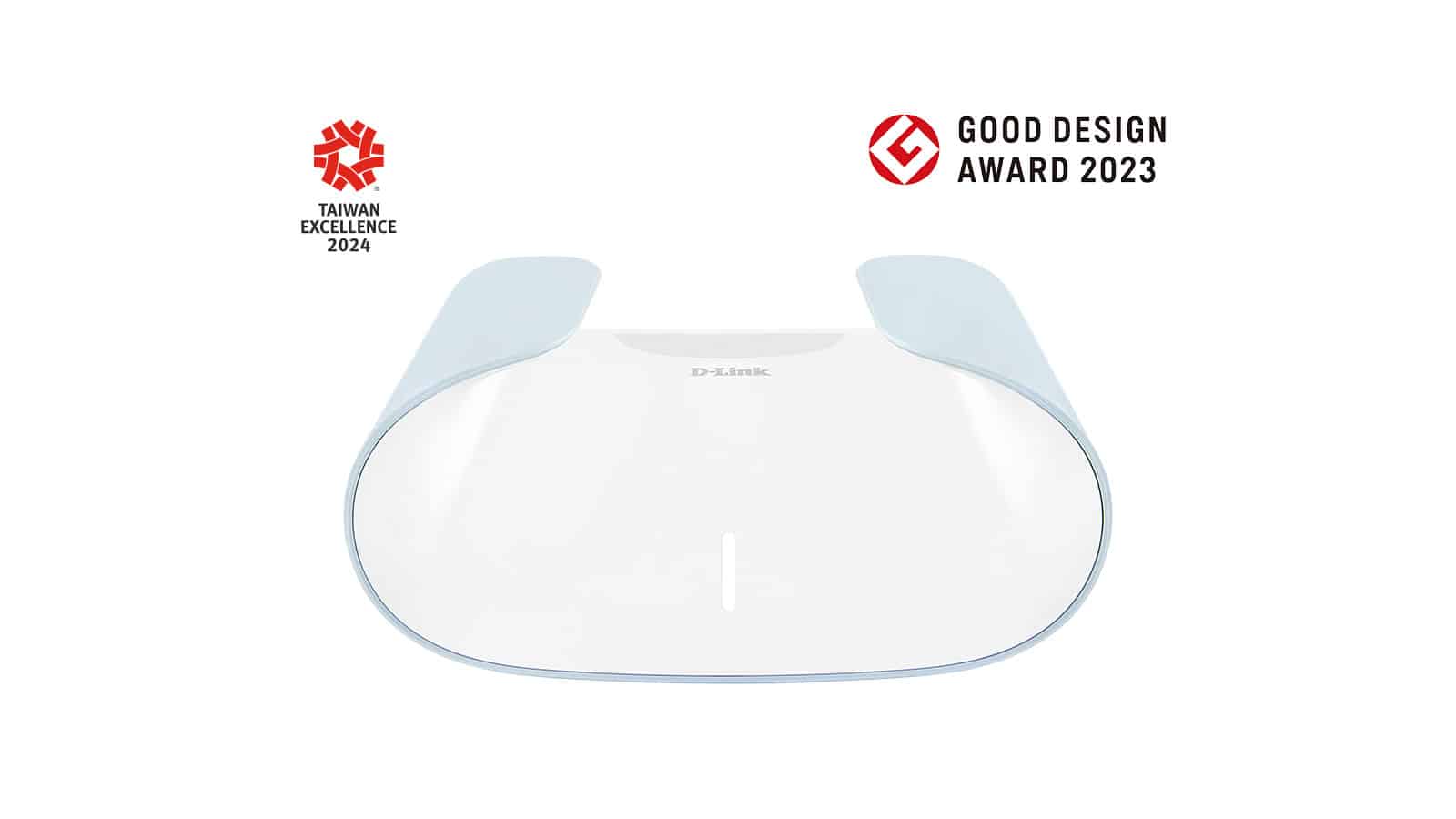In today’s world, where connectivity is an integral part of our daily lives, the need for strong, fast and reliable Wi-Fi is more important than ever. Traditional routers, as much as they have evolved, often face challenges in terms of covering large areas or providing a stable connection to many simultaneously connected devices. This is where Mesh Wi-Fi comes in, a modern solution that promises to upgrade our internet experience.
What is Mesh Wi-Fi?
Mesh Wi-Fi is a networking system that uses multiple devices (or “nodes”) to provide wide and reliable Wi-Fi coverage throughout your home or workplace. Instead of a central router trying to distribute the signal throughout the space, the nodes of the Mesh system work together to create a unified network, ensuring that the Wi-Fi signal remains strong no matter where you are in the house.
These nodes communicate with each other, forming a “mesh”, and automatically redirect the connection from one node to another if a node experiences a problem or if you move away from the original node. This allows a continuous and seamless connection without interruptions or disconnections, which a simple router cannot always ensure.
How Mesh Wi-Fi is upgrading our daily lives
1. Optimization of Coverage
One of the biggest problems faced by Wi-Fi users is dead zones, i.e. areas where the signal is very weak or non-existent. This is especially evident in large houses or spaces with many walls and interference, where the central router is unable to distribute the signal everywhere.
Mesh Wi-Fi solves this problem with its smart design. By using multiple nodes, you can place a node at every critical point in your home, ensuring that the signal is strong in every corner. The system automatically distributes the signal through the nearest node, which undertakes to serve your connection without relying solely on the central router.
2. Seamless Browsing Experience
On traditional Wi-Fi networks, moving from room to room can cause connection drops as your device tries to stay connected to the original signal, even if it has weakened. Mesh Wi-Fi solves this problem as your devices automatically switch nodes without you noticing any interruption.
For example, if you walk from the living room to the bedroom while watching streaming, the Mesh network will ensure that your video stream or conversation on a video call will not be interrupted. The same applies to online gaming, where any interruption can negatively affect the user experience.

3. Support Multiple Devices
With the continued growth of “smart” devices in the home, such as security cameras, smart lights, thermostats and other IoT (Internet of Things) devices, the demand for reliable and simultaneous connectivity is greater than ever. Traditional routers often struggle to manage multiple devices simultaneously, resulting in delays or disconnections.
Mesh Wi-Fi was designed to meet this challenge. By distributing connections to different nodes, the network can handle a large number of devices without becoming overloaded. This means you can have all your “smart” gadgets connected at the same time, without worrying about network performance.
4. Easy Installation and Management
Despite the complexity of the technology, most Mesh Wi-Fi systems offer very simple setup via user-friendly smartphone apps. The setup process takes just a few steps, and these apps allow you to easily manage your network, monitor performance, and make adjustments whenever needed.
In addition, you can add additional nodes to your network whenever you want, expanding your Wi-Fi coverage without having to make complicated settings.
Conclusion
Mesh Wi-Fi is not just a new networking technology, but a real solution to the problems many users face every day with their Wi-Fi. It offers strong coverage, seamless connectivity, multi-device support and easy management, making it an ideal choice for the modern smart home. If you want to upgrade your internet experience and say goodbye to the problems of traditional Wi-Fi, D-Link is launching a new Mesh Wi-Fi 6 family with Artificial Intelligence, ‘Aquila’. You will soon be able to find the Aquila Pro AI AX3000 Mesh Wi-Fi 6 router (M30) on store shelves, and combining it with a second node creates a Mesh Wi-Fi 6 network.


Source: techblog.gr


